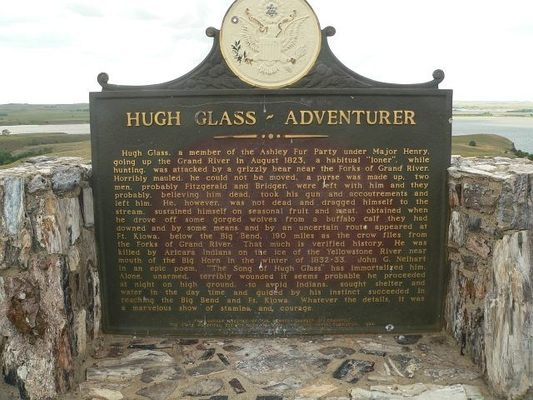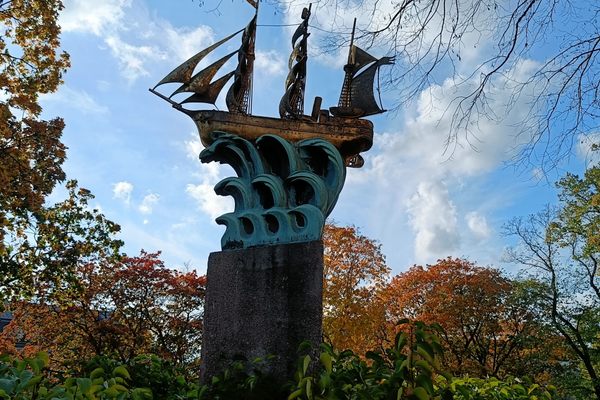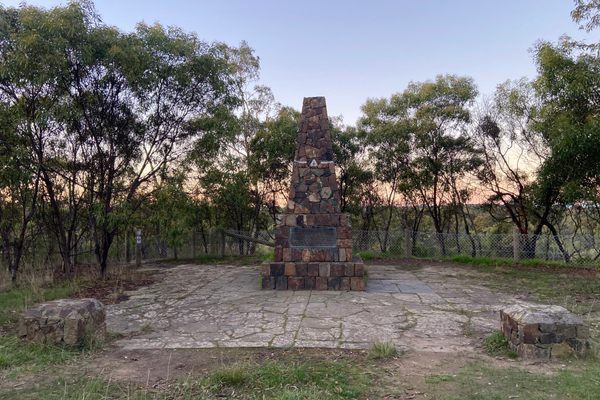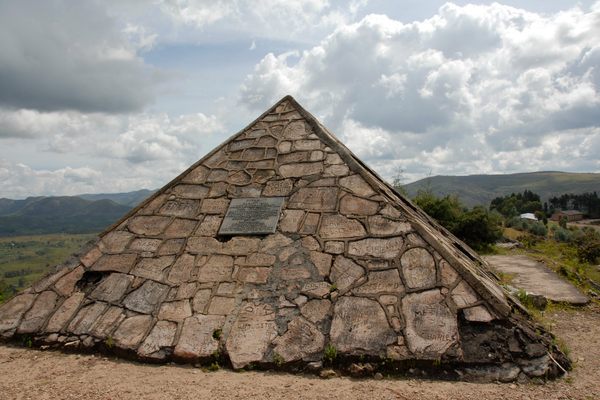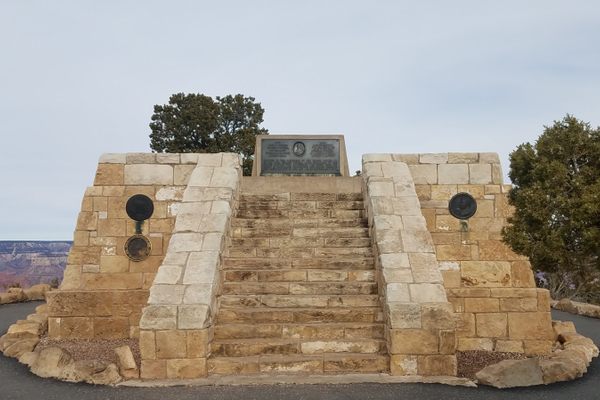About
The South Dakota wilderness in the early 1800's was a dangerous place for the countless rugged trappers and adventurers who trekked hundreds of miles away from civilization to reap nature's spoils, but none of these intrepid explorers likely faced these perils as up close and personal as Hugh Glass who was left for dead after a bear attack hundreds of miles from any settlement and lived.
While scouting a hunt during an 1823 trapping expedition, Glass stumbled upon a mother bear and her cubs. Before he could fire his gun, the bear began mauling the man with her massive claws. Despite his increasingly severe injuries, Glass drew his knife and fought back, and with the help of some of his fellow explorers was able to kill the beast. Unfortunately for Glass it was seemingly too late as he lost consciousness from the severe wounds he had received.
Two members from the expedition were tasked to staying with Glass while the rest moved on, but shortly after the larger group left the two watchers took Glass' weapons and gear and left the wounded man for dead. When Glass finally awoke, he was alone, unarmed, and utterly lost, left with a broken leg and life-threatening gashes all over his body. Despite this, he set his broken leg and began to crawl towards Fort Kiowa, almost 200 miles away.
As he traveled Glass' wounds began to rot and fester so he famously laid down on a rotting log and let maggots feast on the necrotized flesh, likely saving his own life. As he traveled he survived off of vegetation and at one point the carcass of a downed buffalo. Eventually he was helped by a group of friendly natives who tended his wounds and sent him on his way with a bit of equipment.
After two months of traveling through the wild, Glass arrived at Fort Kiowa and spent a great deal of time recuperating. Once he was healed he set about the work of tracking down the two men who left him for dead. Glass eventually found both of them and spared one because of his youth and the other because he was now a U.S. soldier. He did however recover the rifle that was taken from him.
Today, a small stone and brass monument plaque sits on the edge of a South Dakota lake at the end of an unpaved road. This remote reminder of a man who survived the land like almost no other before him is fittingly rugged and stoic.
Related Tags
Community Contributors
Added By
Published
June 11, 2014
